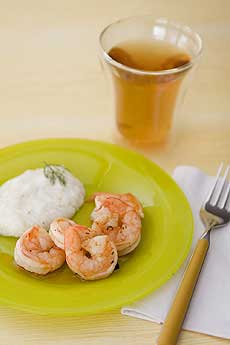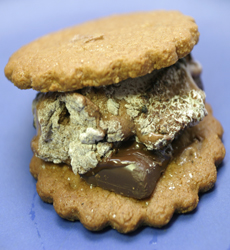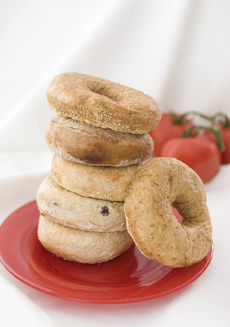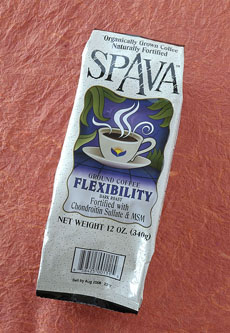|
The question is: How much coffee do you have to drink to get the benefits? The answer: a lot. That’s why we said it’s “good for guzzlers.” Here are some examples:
-A cup of Spava Clarity provides 20mg of ginkgo biloba and 25mg of white tea extract. One of the country’s most prominent neurologists, who specializes in memory, prescribes 120 mg of ginkgo twice a day for normal maintenance of clarity.
-Spava Flexibility contains 30mg of chondroitin sulfate, and 20mg of MSM. Anyone who is concerned with prophylaxis—much less healing and pain—is taking a minimum of 500mg of chondroitin sulfate daily, and similar amounts of glucosamine sulfate. So, this is a drop in the bucket.
-Spava Immunity has 25mg of rosehips per cup, which contain vitamin C, plus 35mg of echinacea; but anyone who takes vitamin C pills for immunity aims for 500mg a day.
However, little bits can add up, and for people who don’t like to swallow pills, 20mg or 30mg is better than nothing at all. While the coffee won’t pass muster with the coffee connoisseur klatsch, it tastes as good as what most people enjoy. And the attractive package is a nice idea. So, if all this makes it worth it to you to pay double the amount for a bag…tear one open and start brewing!
Read the full review of Spava Fortified Coffee and find more about organic, natural & wellness foods in the Nutrinibbles section of THE NIBBLE online magazine.
|







